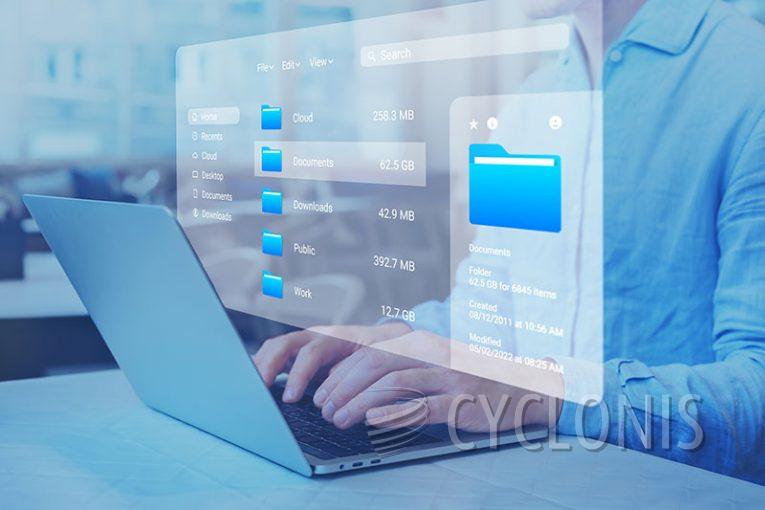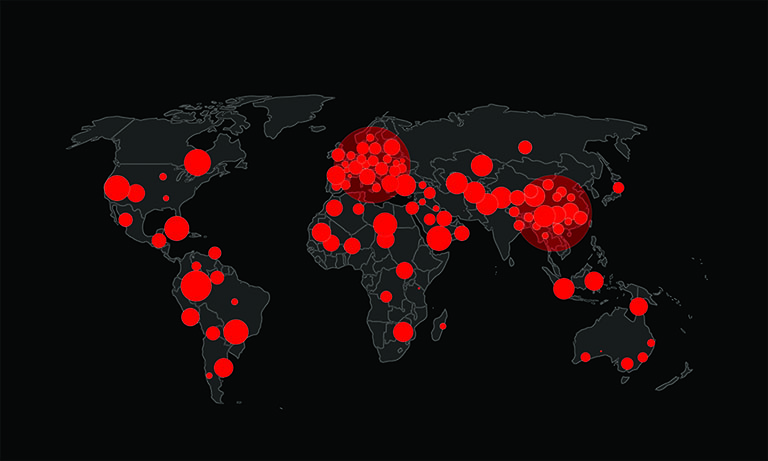Don't Fall For The SharePoint Meeting Document Email Scam

Table of Contents
A Familiar Name, A Deceptive Message
The SharePoint Meeting Document scam is a cleverly designed phishing attempt that uses familiarity and urgency to trick recipients. It appears as a standard business email claiming to be a meeting reminder that includes a linked document—something many professionals are used to seeing in their inboxes. However, despite bearing the name SharePoint, this email has no legitimate connection to Microsoft or its products.
The message's goal isn't to inform or collaborate; it's to manipulate the recipient into clicking a link and revealing their email login credentials.
The Anatomy of the Scam
At first glance, the email looks harmless. It references an upcoming meeting and includes a link to a document that allegedly contains information relevant to the recipient's presentation or contract. The link, often labeled "View Document," seems like a standard button you'd find in legitimate team communications.
But clicking it doesn't take users to Microsoft's official website or OneDrive. Instead, it redirects to a counterfeit sign-in page, frequently styled with outdated or misleading branding — in some cases, using an old Zoho Office Suite logo.
Here's what the scam message says:
Subject: Please review the document carefully for your upcoming contract presentation
Meeting Document
SHAREPOINT
A new meeting reminder has been shared with you on SharePoint Storage. Please review the document carefully for your upcoming contract presentation.
View Document
Unsubscribe From This List | Manage Email Preferences
What Happens When You Click
Once the link is opened, the fake sign-in page prompts the user to enter their email address and password. These credentials are not used for authentication — they are collected and sent directly to scammers.
What follows can vary, but typically the compromised account is swiftly accessed and exploited. Scammers might use it to send more phishing messages, impersonate the owner, or try to access linked accounts and services.
Why Email Accounts Are Valuable to Scammers
An email account is more than just a communication tool. It's often the central hub for password resets, account confirmations, and private conversations. When attackers gain access, they may comb through messages for sensitive information, financial details, or anything that can be used to commit fraud.
In more aggressive cases, attackers may impersonate the email owner, send messages to friends or colleagues requesting money, share harmful links, or promote other scams. If the compromised account is tied to financial platforms or e-commerce sites, the consequences can quickly become monetary.
How Scammers Lure Victims In
The success of this scam hinges on the message appearing routine. Many professionals receive document-sharing notifications daily. By mimicking SharePoint, a widely used platform in corporate settings, the email earns unearned trust.
Scammers also rely on timing and context — sending emails during working hours or incorporating common business terms like "contract," "presentation," or "meeting schedule." The idea is to make the recipient act without thinking twice.
Common Themes in Similar Campaigns
The SharePoint scam is one of many phishing attempts that disguise themselves as professional or administrative communications. Others reference account issues, delivery failures, invoice problems, or even job opportunities.
No matter the theme, the strategy is consistent: generate urgency or curiosity, then guide the recipient to a fake website where they will unknowingly share private information.
Staying Safe
To protect yourself from such scams, always scrutinize unexpected emails. Check the sender's address, examine the language for inconsistencies, and avoid clicking links if you weren't expecting a document or invitation.
If you're unsure about a document shared via email, verify its authenticity through another method, such as contacting the sender directly through known channels. Never enter credentials on a website you accessed through an unsolicited email.
What If You’ve Already Clicked?
If you suspect that you've entered your information on a suspicious site, take action at once. Change the password of the compromised account and any other accounts that use the same or similar login credentials. Enable two-factor authentication where available and notify your email provider's support team.
Final Thoughts
The SharePoint Meeting Document scam demonstrates how phishing attempts are becoming more polished and professional in appearance. By exploiting tools people trust and incorporating familiar terms, scammers make it easier for recipients to lower their guard.
Awareness is the best defense. Stay informed about current scams, think critically about the messages you receive, and prioritize security habits that can help you avoid falling into these digital traps. Not every document is what it claims to be — especially when it shows up uninvited.








